Mathematics exhibition at Fondation Cartier, Paris
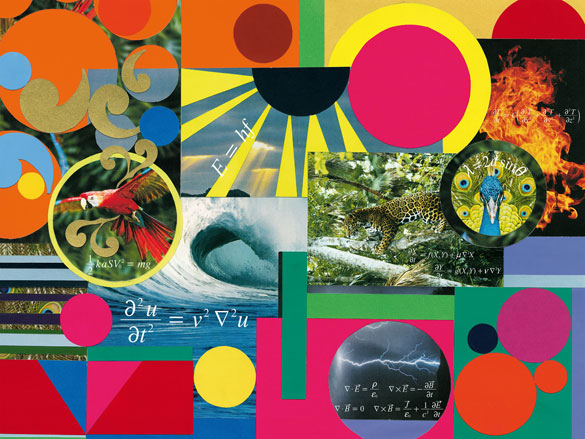
Mathematicians have a tendency to wax lyrical about the 'beauty' and 'elegance' of their discipline. For the most part, this is a tricky concept for the layman to grasp. The enigmatic glamour of prime numbers, for example, is beyond the ken of most of us. But Mathematics: A Beautiful Elsewhere - a new exhibition at the Fondation Cartier pour l'art contemporain - aims to translate the mysterious allure of maths to a wider audience, with a little help from artists like David Lynch, Patti Smith and Takeshi Kitano.
The exhibition, developed in association with the Institut des Hautes Études Scientifiques (IHÉS), takes visitors on a journey through mathematical thought, guided by six of its most prominent figures: Sir Michael Atiyah, Alain Connes, Nicole El Karoui, Misha Gromov, Cédric Villani and Don Zagier - world authorities in fields such as number theory, algebraic geometry, differential geometry and probability.
These eminent eggheads have been invited to come up with new ways of 'seeing, hearing, doing, thinking and interpreting mathematics'. But while there's no doubting the superiority of their grey matter, the assumption is that they might need a hand when it comes to making themselves understood to the average maths dunce.
To help them communicate their brain-meltingly complex ideas, Fondation Cartier has teamed these experts up with eight artists - Jean-Michel Alberola, Raymond Depardon and Claudine Nougaret, Takeshi Kitano, David Lynch, Beatriz Milhazes, Patti Smith and Hiroshi Sugimoto - with the goal of translating aspects of their subject into tangible experiences in a range of media.
David Lynch, for example, has created a structure in the shape of a zero to accommodate Misha Gromov's Library of Mysteries, which provides a retrospective of the major events in the history of mathematics via an audiovisual installation.
Lynch also contributed to 'Ergo-Robots/Flowers Fields: Artificial Curiosity and Language', an interactive installation that sees a 'tribe' of robotic figures emerging from an egg and then exploring their environment, learning new skills and communicating with their human visitors. The robots' heads, which Lynch designed, have a distinct touch of Eraserhead about them.
Arguably the most germane of all the exhibition's installations, however, is Hiroshi Sugimoto's graceful sculpture, a hyperbolic form entitled 'Surface of revolution with constant negative curvature' - which poses the thorny question underpinning this entire project: how can mathematical abstraction be represented visually?
Receive our daily digest of inspiration, escapism and design stories from around the world direct to your inbox.
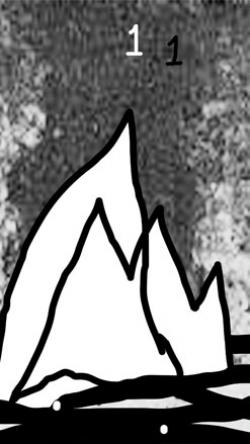
’Fireplace’ is an animated film created for the exhibition by David Lynch
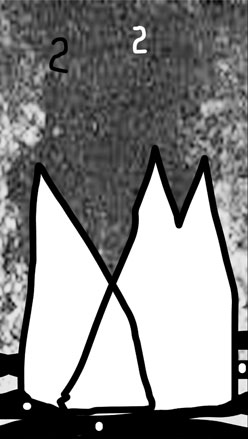
A still from ’Fireplace’

A still from 'Fireplace''

’Galaxy’ is a second animated film created for the exhibition by David Lynch

Still from 'Galaxy'

Still from ’Galaxy’
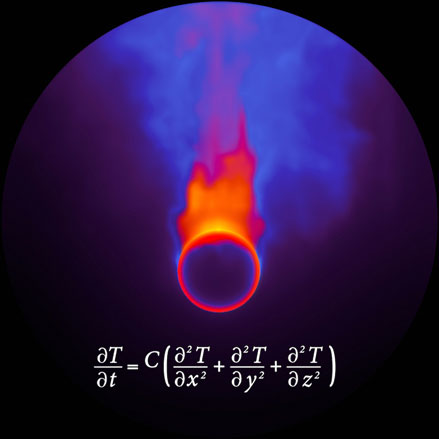
A still from the film ’Mathematical paradises’, by Beatriz Milhazes, depicting Heat Diffusion (Fourier’s equation)
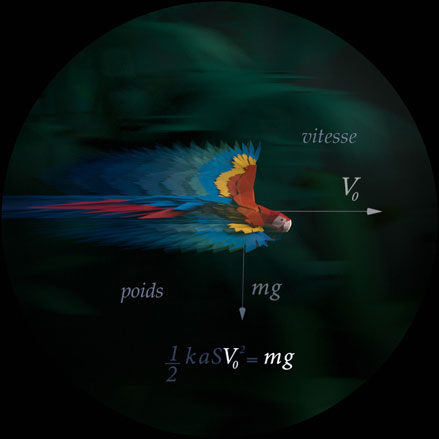
A still from the film ’Mathematical paradises’, by Beatriz Milhazes, depicting Sea Waves (wave equation)

A still from the film ’Mathematical paradises’, by Beatriz Milhazes, depicting Sea Waves (wave equation)
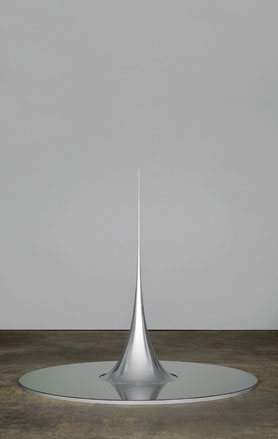
Hiroshi Sugimoto’s aluminum and mirror sculpture ’Conceptual Form 011: Surface of revolution with constant negative curvature’ poses the question: how can mathematical abstraction be represented visually?

’Conceptual Form 011: Surface of revolution with constant negative curvature’ by Hiroshi Sugimoto
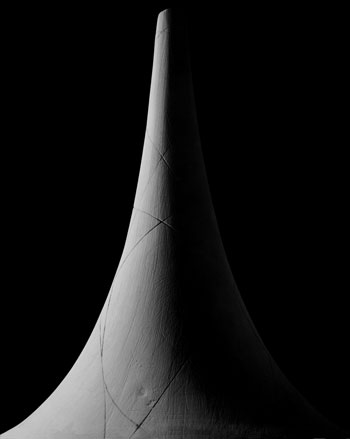
’Conceptual Form 011: Surface of revolution with constant negative curvature’ by Hiroshi Sugimoto
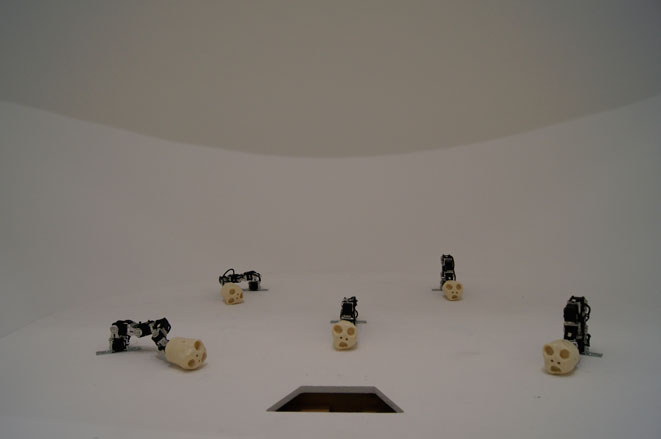
’Ergo-Robots/Flowers Fields: Artificial Curiosity and Language’ - an interactive installation that sees a ’tribe’ of robotic figures emerging from an egg and then exploring their environment, learning new skills and communicating with their human visitors

Coordinated by Pierre-Yves Oudeyer, the ’Ergo-Robots/Flowers Fields’ project came about as the result of an encounter between Oudeyer, mathematician Mikhail Gromov and David Lynch. It was realised by INRIA Flowers in collaboration with University of Bordeaux

’Ergo-Robots/Flowers Fields’ explores fundamental questions about the nature of humans and machines. Based on recent advanced models of autonomous learning inspired by human infant development, the robots progressively acquire new skills, discover ways to communicate, and organise their own culture
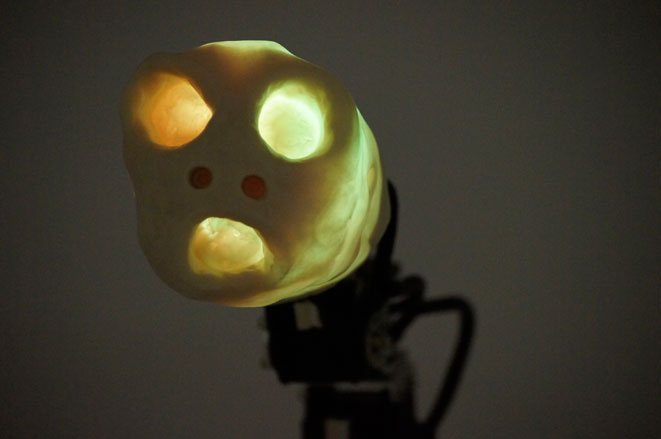
David Lynch designed the heads and the environment of the Ergo-robots - with inspiration, we imagine, from his cult 1977 film Eraserhead
ADDRESS
Fondation Cartier pour l'art contemporain
261, boulevard Raspail
75014 Paris
-
 Katie Stout installs a stone menagerie across Miami's Design District
Katie Stout installs a stone menagerie across Miami's Design DistrictHorses, frogs and even a mermaid have taken over the avenues of Miami Design District. Discover ‘Gargantua’s Thumb’, a collection of stone seating by designer Katie Stout
-
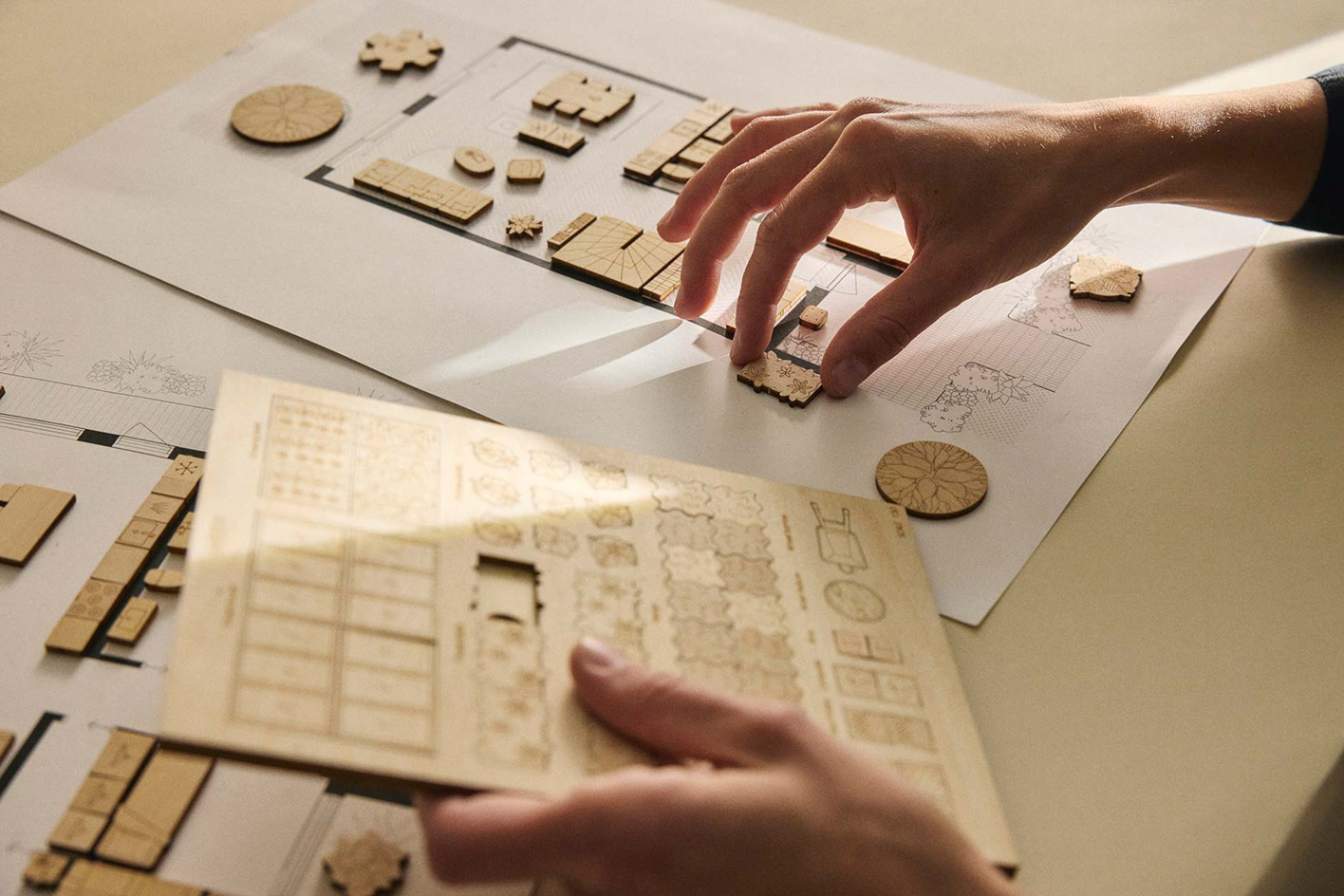 An analogue room planner kit makes designing your dream home a doddle
An analogue room planner kit makes designing your dream home a doddlePlanora, a new room planner option conceived by a team of three Swedish architects, is a beautifully produced, analogue tool to help conceptualise your new space
-
 Sound and vision are combined in this Dyson x Porter bag and wireless headphone combo
Sound and vision are combined in this Dyson x Porter bag and wireless headphone comboDyson’s first limited edition collaboration with cult Japanese bag brand Porter brings together the OnTrac headphones with a stylish shoulder bag
-
 Remembering David Lynch (1946-2025), filmmaking master and creative dark horse
Remembering David Lynch (1946-2025), filmmaking master and creative dark horseDavid Lynch has died aged 78. Craig McLean pays tribute, recalling the cult filmmaker, his works, musings and myriad interests, from music-making to coffee entrepreneurship
-
 ‘I make things that are troublesome’ – when David Lynch guest-edited Wallpaper*
‘I make things that are troublesome’ – when David Lynch guest-edited Wallpaper*In October 2010, David Lynch took the reins of Wallpaper* magazine as Guest Editor. Rather than use the space to promote his films, music or paintings, he chose to shine a light on a practice that he carried throughout his life: transcendental meditation. Will Hodgkinson headed to the Hollywood Hills to meet the visionary filmmaker
-
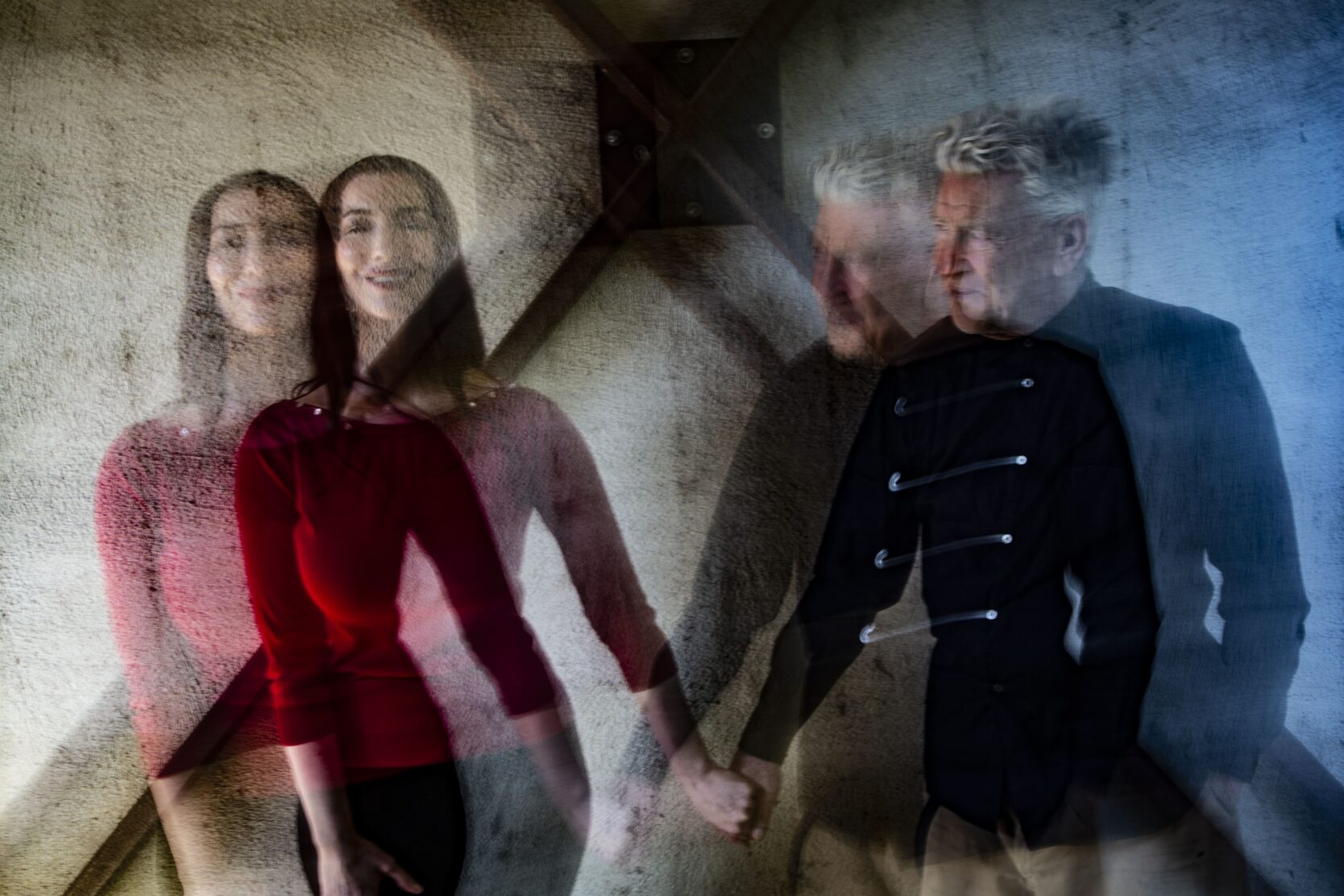 David Lynch's mysterious new project reignites a long-standing collaboration
David Lynch's mysterious new project reignites a long-standing collaborationDavid Lynch and Chrystabell are releasing a new album – listen to the first song, out today
-
 Manchester International Festival welcomes David Lynch, Yoko Ono and more
Manchester International Festival welcomes David Lynch, Yoko Ono and moreWe’ve rounded up a few of our highlights from the festival’s visual arts programme
-
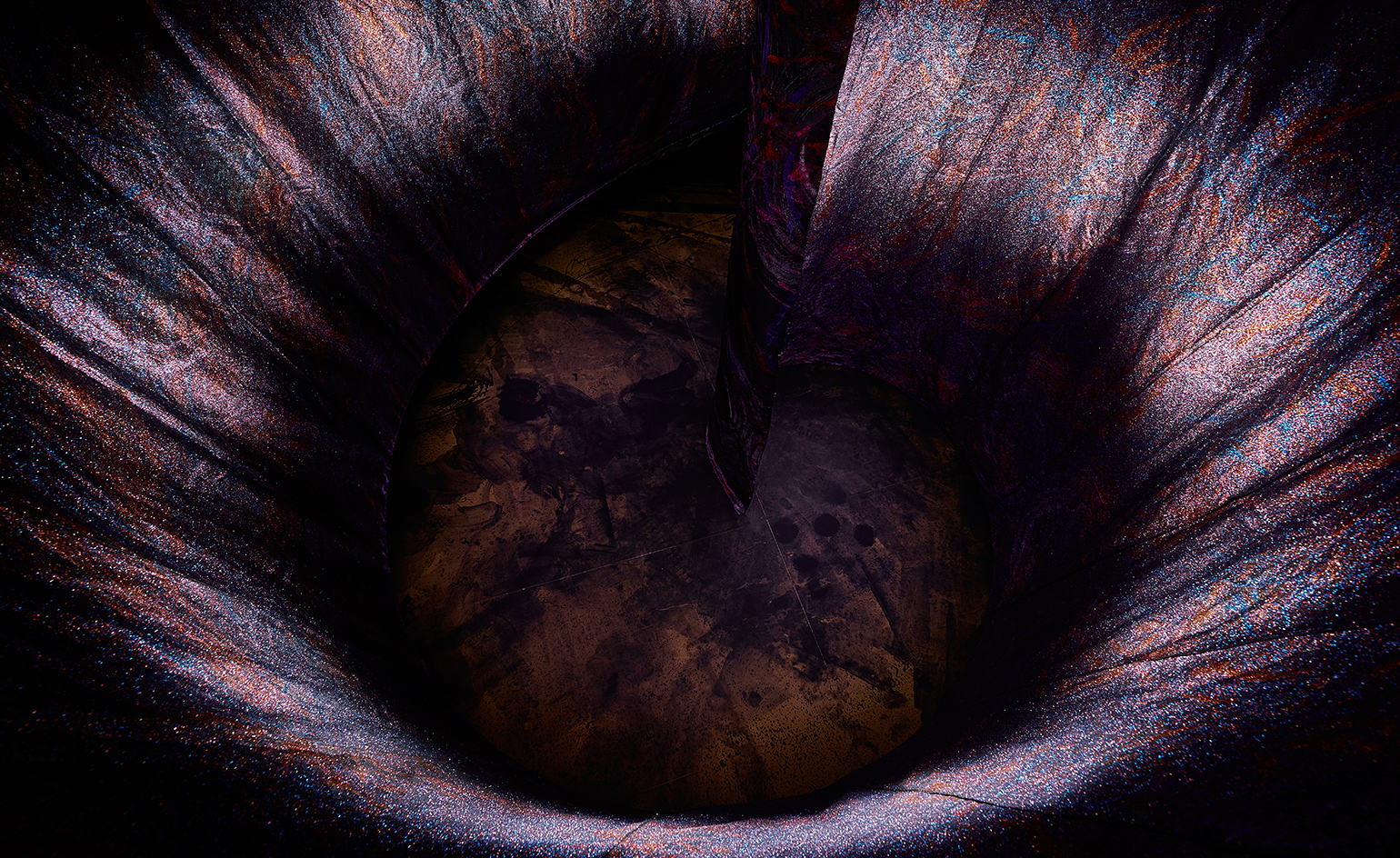 David Lynch looms large in Kyoto heritage weaver Hosoo’s new tapestry
David Lynch looms large in Kyoto heritage weaver Hosoo’s new tapestry -
 Guest editor David Lynch at Comme des Garçons
Guest editor David Lynch at Comme des Garçons